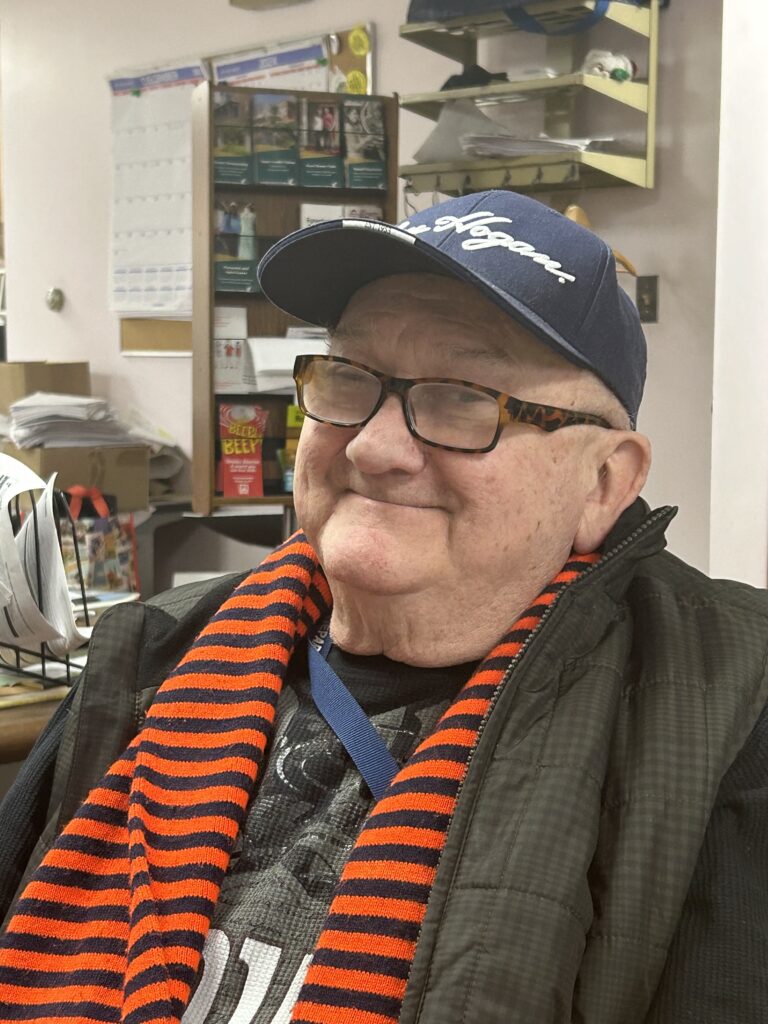Syracuse, NY – Syracuse United Neighbors

I am 73 years old and retired after a 31-year career as an administrator in the Syracuse City School District. I grew up and still live in the house where I was born on the south side of the city of Syracuse. I was part of a large family, all of whom, at one time or another, lived and raised their families in our home. I am proud of the fact that my two nieces have followed my sister and I into careers in education, and that the son of one of my nieces is finishing up his college degree in education, as well. In addition to working with children, I have volunteered for community groups such as Syracuse United Neighbors, PEACE, Inc., the Southwest Community Center and summer youth programs for Syracuse Parks and Recreation.
As I’ve gotten older, my eyesight has deteriorated, and I have found that I prefer to take the bus rather than drive my car. While I still have my driver’s license and a car, I mostly use the bus to get around town. I am lucky that Centro, our local bus service, has routes to most of the places I need to go—whether it’s downtown to stores, museums and restaurants—or across town to the University to see sporting events or concerts, or shorter trips to spots on the south and near west sides where I have friends and family. The bus stop where I catch all my rides is just a half block from my house.
The only places that I really must use private transportation is to the large medical centers in the northern and eastern suburbs. The bus trips to those facilities do not run very often and require transfers.
The best part of using the Centro bus is the price. After the pandemic, Centro reduced their prices to $1.00 per ride—and with my senior discount I pay only half that–$0.50 a ride. The city recently put in a new sidewalk on the cross street that I walk to get to my stop, making it easy and safe to get to. I worked with SUN to push the city to change the policy on sidewalk repairs, putting the responsibility for repairs on the city instead of on homeowners—in return for an annual fee on property owners’ taxes. We believe this will improve the general state of our city’s sidewalks. Though Centro does a good job shoveling snow from bus stops, I do wish they showed an equal commitment to maintaining the benches and creating shelters for more bus stops. That is something that people waiting outside in Syracuse winters would appreciate.
I have read about Centro’s “Bus Rapid Transit” plans that are in the works. I think this plan will deal with the biggest problem I face as a bus rider. My routes to downtown and the University from my south side home are amongst the busiest in all of Centro’s system. It is often difficult to get a seat and the buses are packed during peak rush hours. The two Bus Rapid Transit routes would travel in these south and east corridors and result in buses coming along the routes every 15-20 minutes. This would deal with a lot of crowded buses. The one suggestion I would make is to try and create routes that go across town to other areas of the city—especially on the west side of the city.
